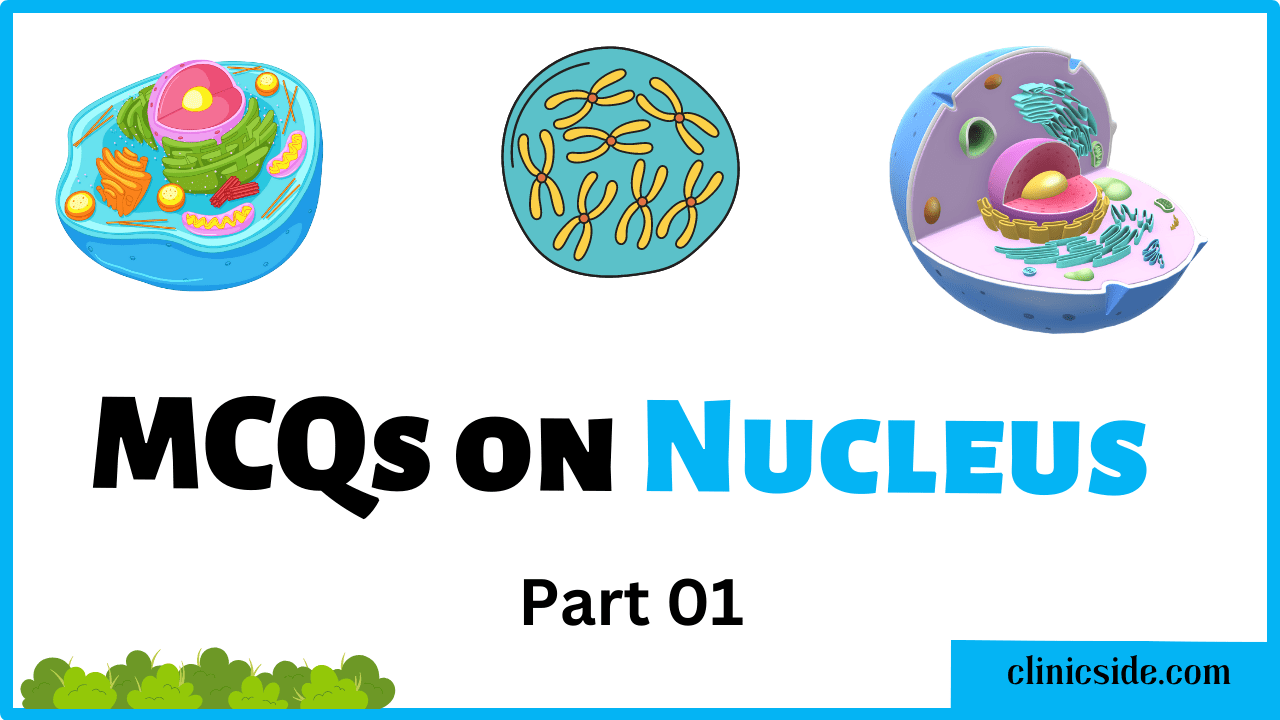What is Biodiversity?
The term biodiversity describes the variety of life on Earth, from the different species of plants and animals to fungi and microorganisms, forming our ecosystems. It’s crucially important for sustaining the balance in our planet and to the survival of humankind.
Click Here to Read More Before Taking Quiz
“Why is Biodiversity Important?
Biodiversity is important due to the following reasons:
Ecosystem Stability: Diversity in ecosystems is more stable in the face of change and more resistant to environmental stress.
Food Security: When different species complement food supplies, it enables humans to have a proper diet.
Medicinal Resources: Most medicines are prepared from plants and animals; therefore, biodiversity is important for good health.
Economical Importance: Various industries—which include agriculture, fisheries, and tourism—depend on biodiversity and are fundamental to the world economy.
Cultural Importance: Most cultures depend on biodiversity in the immediate surroundings for their ways of life, cultural aesthetic, or identity.
Types of Biodiversity
Biodiversity may be classified into three key types, including the following:
Genetic Diversity: It is the variation in the genetic composition of life. Variations within the genetic makeup allow populations to be better adapted to a changing environment and thus are more likely to survive.
Species Diversity: It refers to the variety of species composing a particular ecosystem. It entails an understanding of the interrelations between different species and their particular ecological functions.
Ecosystem Diversity: It refers to the variety of different ecosystems within a given region. It includes forests, wetlands, grasslands, and deserts that house various life forms.
Threats to Biodiversity
Several factors threaten biodiversity globally, and they include the following:
Habitat Destruction: Urbanization, agriculture, and deforestation are some of the leading causes of habitat loss.
Pollution: Air, water, and soil pollution contributes to the negative impact on living organisms.
Climate Change: Changes in climatic conditions disrupt ecosystems and species migration.
Overexploitation: The unsustainable harvesting of resources leads to the decline and eventual extinction of some species.
Alien Species: Alien species outcompete the natives and alter the balance in ecosystems.
Conservation of Biodiversity
Conservation of biodiversity is crucial for healthy ecosystems and a secure future. Examples of some strategies include:
Protected Areas: Establishment of national parks, wildlife reserves, and marine protected areas by protecting their habitat.
Sustainable Practices: Increasingly adopt sustainable agriculture, fishing, and forestry practices that have lesser impacts on the environment.
Restoration Efforts: Rehabilitating degraded systems to bring back biodiversity.
Awareness and Education: To know and inform the people about biodiversity and its importance, and to involve them in biodiversity conservation.
How Can You Help?
Every human can help in biodiversity conservation by doing the following:
Waste Reduction: Use less plastic, recycle to reduce pollution.
Support Conservation Locally: Join local groups that work for the protection of the environment.
Educate Others: Inform your friends and family about biodiversity and why it is important.
Making Sustainable Choices: Whenever possible, choose products that are both environmentally friendly and sustainably sourced.





